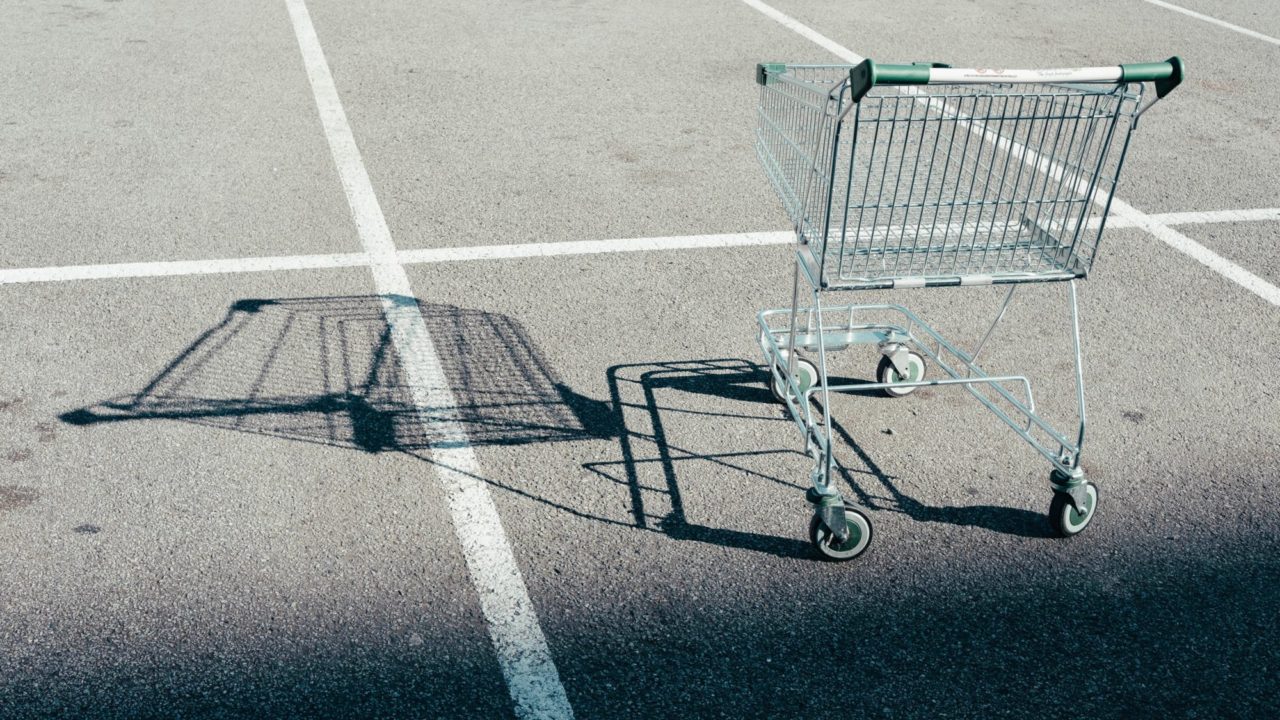
In April, we enjoyed a deep dive into the circular economy, questioning how mobility value chain can move towards even more sustainable business models.
Throughout the month, we hosted different Talks with:
Laurent Houvenaghel – Ecosystem leader, iWip/Mobivia (Replay)
Marine Sappey – Co-founder, Ekstere (Replay)
Ambre Eppler – Co-founder, Nowos (Replay)
Hind Arbaoui & Julie Vatier – Open Innovation Director & Circular Economy Director, Groupe Renault (Replay)
Based on all the great insights we gathered thanks to our experts, we’re happy to present you the circular economy in mobility infographics:

50% of second-hand consumers in France are doing it by conviction rather than a economic reason. The pandemic accelerated environmental awareness, but existing drivers built favorable conditions.
On the regulatory-side in France, there are 2 main laws to be noticed. In 2015, the Green Energy Growth Law (“Loi énergétique croissance verte”) imposed to professionals in the automotive industry to include pieces coming from the circular economy in their product mix. Last year, the “AGEC Law” set new standards for all organizations (such as putting circular economy at the core of public tenders, extended responsibility for waste management, enabling more repairing…).
Companies didn’t wait for environmental-friendly to launch initiatives.
In 1995, Norauto established both a road-security and environmental-friendly corporate culture. This translated into the first traceability database in 1999, the set-up of an individual system for tyres recycling in 2004. In 2017, iWip (which stands for “integrate waste in product) was launched as a spinoff of Mobivia, dedicated to circular economy. What’s interesting is their 3R+ACT approach: reducing, re-use, recycle + accompany, collect and treat (customers’ waste).
Renault recently initiated the Re-Factory, a big project representing the latest strategic plan of Renault “Renaulution”. Basically, the Flins factory is transformed into the first place for circular economy in mobility (for Renault’s car reconditioning but also from other brands). The 2 objectives of the projects are to extend vehicles’ lifetime and giving them new usages. The Re-Factory has an ambitious €1B in revenue target by 2030.
In the aftersales, there are 2 main challenges when it comes to circular economy: increasing vehicles lifetime and increasing pieces durability by re-using them.
Circular economy is a promising market, and new entrants are willing to capture value from it.
Ekstere‘s mission is to structure the bike 2nd-hand market. Founded in 2019, the startup developed 2 platforms:
- Ekstere.co, marketplace for 2nd-hand premium electric bikes
- Cote-velo.fr, leading platform of listed bikes
The startups targets both the C2C market (users can post on the marketplace, where Ekster handles everything to facilitate the selling) and the B2B market (Ekstere manages 2nd-hand bikes selling of professionals). Super important to Ekstere is quality control thanks to the PQP framework (Propriety proved through bills or certificate, Quality thanks to technical control, Price which has to be coherent with market price).
Another example is Nowos, B2B startup specialized in lithium battery repairing and reconditonning. The startup was founded in Amsterdam in 2019, Nowos’ mission is to have a clear environmental, economical and social impact. Nowos aims to reach this ambition through 3 pillars:
- Battery repairability reinforcement (by sustaining their customers in terms of circular economy)
- CO2 emissions reduction (by developing new skills and creating jobs nearby their factories and their clients, especially in rural areas)
- Aftersales cost reduction (by creating new business opportunities, new business models thanks to local clients’ supports)
Nowos partners with battery suppliers and developed a traceability software. Last year, Nowos’ recycling rate was 98%, the startup was able to repair 78% of collected batteries.
Let’s stay in touch:
[email protected]

